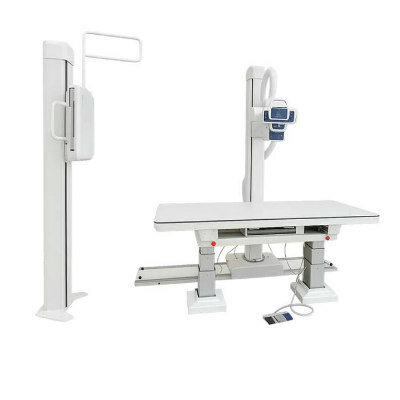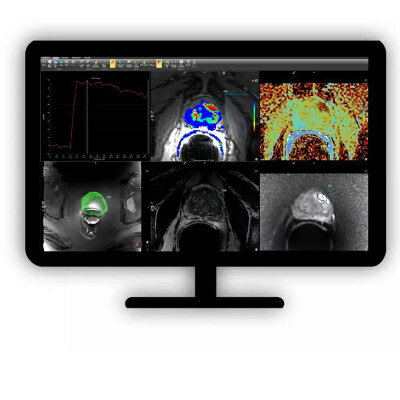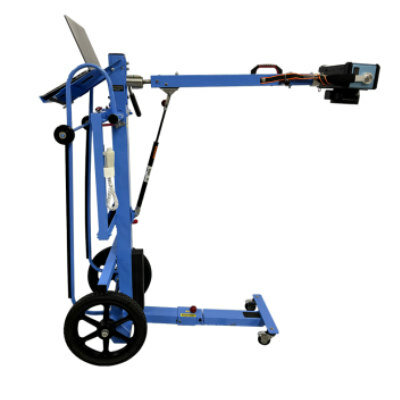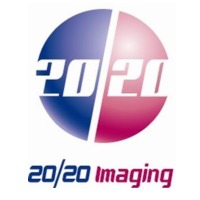3D Breast Tomosynthesis Reduces Recall Rates While Improving Cancer Detection
By MedImaging International staff writers
Posted on 03 Jun 2013
New research is adding to a substantial body of evidence showing improved findings using three-dimensional (3D) breast tomosynthesis, also known as a 3D mammogram, for breast cancer screening.Posted on 03 Jun 2013
Hologic, Inc. (Bedford, MA, USA) a developer, manufacturer, and supplier of diagnostics, medical imaging systems and surgical products, with a focus on serving the healthcare needs of women, reported that the first large-scale observational study in a US clinical practice that compared breast cancer screening with Hologic’s breast tomosynthesis with traditional 2D mammography alone revealed a significant decrease in recall rates and a substantial increase in cancer detection, particularly invasive cancer, across all breast tissue densities.
Published in the June 2013 issue of the American Journal of Roentgenology (AJR), the study evaluated recall, biopsy, cancer detection, and invasive cancer detection rates in a community-based breast imaging practice. The study was issued online in advance of print on May 23, 2013. The study was led by Stephen L. Rose, MD, medical director of TOPS Comprehensive Breast Center), and a breast radiologist affiliated with Memorial Hermann Health System, both based in Houston (TX, USA). The analysis compared the outcomes of 2D mammography screening exams that were interpreted before the introduction of Hologic’s 3D mammography, with screening exams after the introduction of 3D mammography into the practice.
The Rose study found that the use of Hologic's 3D mammography resulted in (1) 38% decrease in recall rates—from 8.7% to 5.5% (p < 0.001); (2) 11% decrease in biopsy rates—from 15.2 to 13.5 per 1,000 screenings (p = 0.59); (3) 35% increase in cancer detection rates—from 4.0 to 5.4 per 1,000 screenings (p = 0.18); and lastly (4) 53% rise in invasive cancer detection rates—from 2.8 to 4.3 per 1,000 screening examinations (p = 0.07). The study population included 13,856 women who had received conventional 2D mammography screening exams and 9,499 women who elected to receive a Hologic 3D mammography-screening exam. The images were interpreted by one of six radiologists with an average 12 years of reading experience.
“The findings in the Rose paper demonstrate that Hologic 3D mammograms overcome many of the limitations of conventional mammography, namely, missed cancers and unnecessary recalls,” said Peter Soltani, Hologic senior vice president and general manager, breast health. “The use of this groundbreaking technology when performing a screening exam allows radiologists to see distortions of the breast tissue in greater detail than with 2D mammography alone. This results in earlier detection of cancers when they are easier to treat and a reduction in false positives that may look worrisome on conventional digital mammography.”
The study is the first large US breast cancer screening trial to report its findings in a peer-reviewed journal. The findings are consistent with and supplementary to the Oslo Tomosynthesis Screening Trial, which was published in Radiology on April 4, 2013, and the Screening Tomosynthesis or Mammography (STORM) trial in Italy, which was published in the Lancet Oncology online in advance of print on April 25, 2013.
Hologic’s 3D mammography technology has been approved for use in countries recognizing the CE marking since 2008. It was approved for use in the United States for breast cancer screening and diagnosis in February 2011
Related Links:
Hologic
TOPS Comprehensive Breast Center














